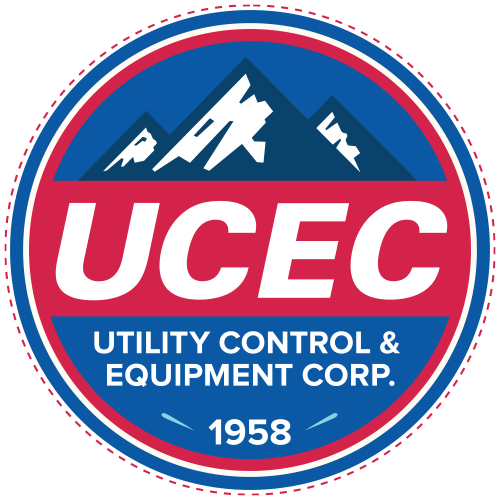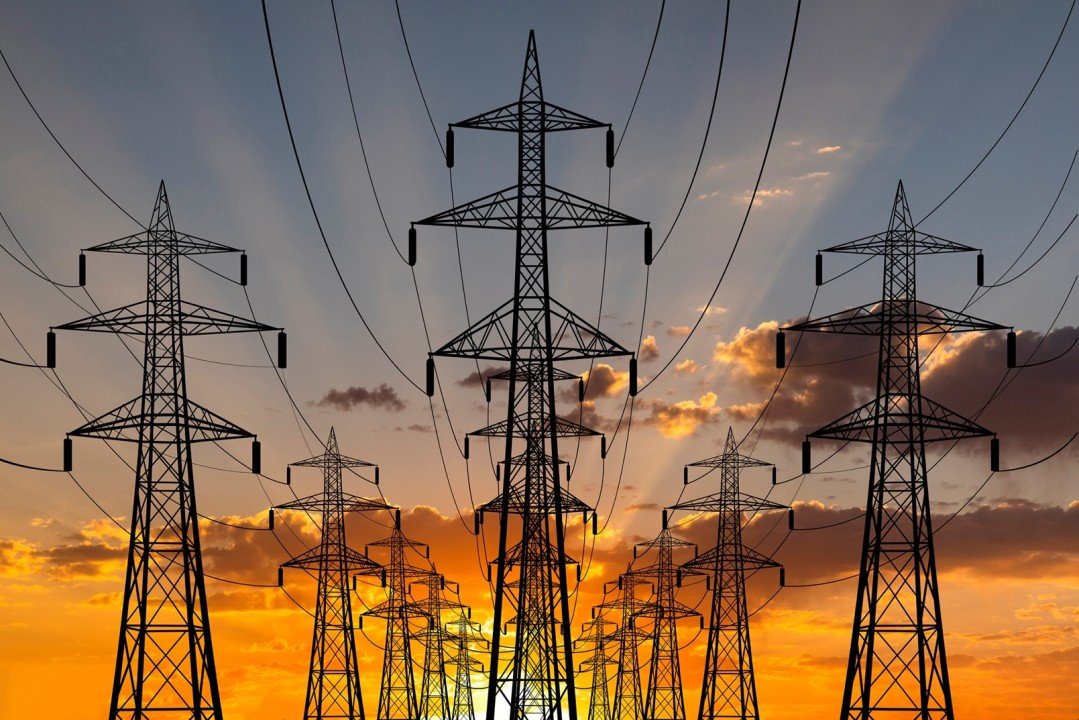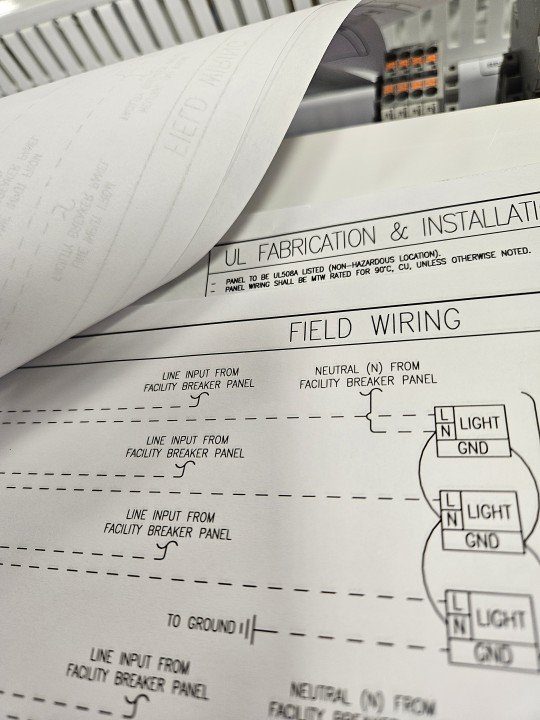UCEC Employee Spotlight: Meet Justin Kastner
At Justin Kastner’s first job at a company that manufactured packaging machines, he found himself working behind a desk. He quickly realized it wasn’t for him, so he happily moved toward a more “hands-on” position working with machines. Justin decided he enjoyed learning about electrical components and how machines run, and the discovery launched his career.

Justin Kastner
Recently promoted to Wiring Lead, Justin came to UCEC by way of a temp employment agency in 2016. But before he landed at UCEC, Justin held several positions in the electrical industry, including integration and field service engineer and electrical design specialist. UCEC came calling, and after an initial run as a temporary employee, Justin was hired on board.
As Wiring Lead, Justin says his job is about facilitating the Wiring team’s efforts and having everything they need to be successful. “I try to recognize people’s strengths and channel that to set them up for success,” Justin notes. “We have everything we need on this team. It’s a great mix of people.”
In his position, Justin tries to recognize issues before they hit the daily schedule. About a week or two before the panel moves from Assembly to Wiring, he’ll examine the print and make sure every part is accounted for. He’ll look at the overall schedule for the project and see if there are any issues.
Looking forward, Justin wants to continue to grow as a leader. He also wants to get to know our customers more and keep an eye on new technology. “I feel like with new technology, there’s always something new to learn,” Justin says.
Away from the shop, Justin and his wife Ellie enjoy their two-year-old daughter Bridget with quick trips to the park across the street and fun tricycle rides.
More Stories You May Enjoy
In today's industrial landscape, control panels serve as vital components across various industries, orchestrating complex systems with precision. Recognizing the significance of energy efficiency in control panel design is paramount for reducing costs and minimizing environmental impact. Let's explore the key points and a compelling call to action for embracing sustainable practices in engineering and design.
In the ever-evolving landscape of industrial automation and energy management, the pursuit of energy efficiency remains a central focus for organizations worldwide. As industries strive to optimize resource utilization, reduce operational costs, and minimize environmental impact, the design and implementation of energy-efficient control panels have become increasingly critical.
In the dynamic landscape of industrial operations, the quest for energy efficiency has emerged as a cornerstone of sustainable business practices. As industries seek innovative solutions to minimize energy consumption and reduce environmental impact, the integration of energy-efficient control panels has become increasingly prevalent. In this article, we explore real-life examples of energy-efficient industrial control panels and their transformative impact across diverse applications and industries.
In the dynamic landscape of industrial operations, the optimization of energy consumption within control panels stands as a critical imperative for enhancing operational efficiency, reducing costs, and minimizing environmental impact. As industries strive to achieve sustainability goals and improve resource utilization, the process of optimizing energy consumption in industrial control panels emerges as a strategic priority.
In the era of increasing environmental consciousness and sustainable practices, industries are continually seeking innovative solutions to reduce their carbon footprint and embrace renewable energy sources. Among the key areas of focus is the integration of renewable energy within industrial control panels, a transformative approach that holds the promise of enhancing sustainability while driving operational efficiency.
In the dynamic landscape of industrial operations, the efficient management of power within control panels stands as a cornerstone of optimal performance and sustainability. As industries strive to minimize energy consumption and enhance operational efficiency, the implementation of effective power management techniques has emerged as a critical imperative. In this article, we explore the key strategies and methodologies involved in power management for industrial control panels, including the implementation of efficient power distribution systems, utilization of smart control algorithms, and incorporation of energy monitoring and feedback mechanisms.
In the realm of industrial control panel design, the selection of components plays a pivotal role in shaping not only the functionality and reliability of the system but also its energy efficiency. As industries increasingly prioritize sustainability and operational cost-effectiveness, the careful consideration of energy-efficient components has become paramount. In this article, we explore the key principles and strategies involved in selecting energy-efficient components for industrial control panels, ranging from choosing components with low power consumption to integrating cutting-edge technologies for energy savings.
Industrial control panels stand as the backbone of modern manufacturing and operational processes, serving as the nerve center that orchestrates complex systems with precision and reliability. Across diverse industries ranging from automotive manufacturing to power generation, these panels play a pivotal role in ensuring seamless operations and optimal performance.
While both schematic drawings and wiring diagrams are types of technical drawings used in electrical engineering, they serve different purposes and present information in distinct ways. Here are the key differences between schematic drawings and wiring diagrams.










UL Certification is critical across multiple sectors, including: Oil & Gas, Chemical Manufacturing, Mining, Pharmaceuticals and Food Processing. Industries where explosive atmospheres are common must prioritize UL Certification to maintain safety and compliance.